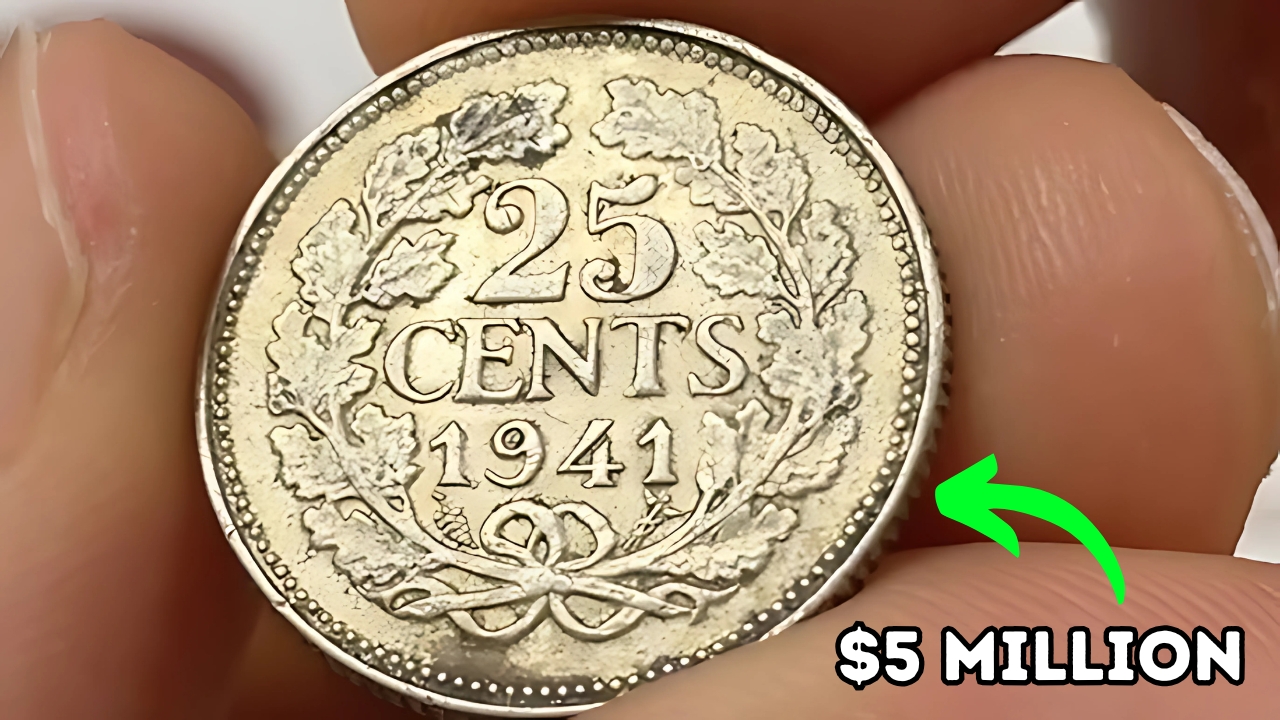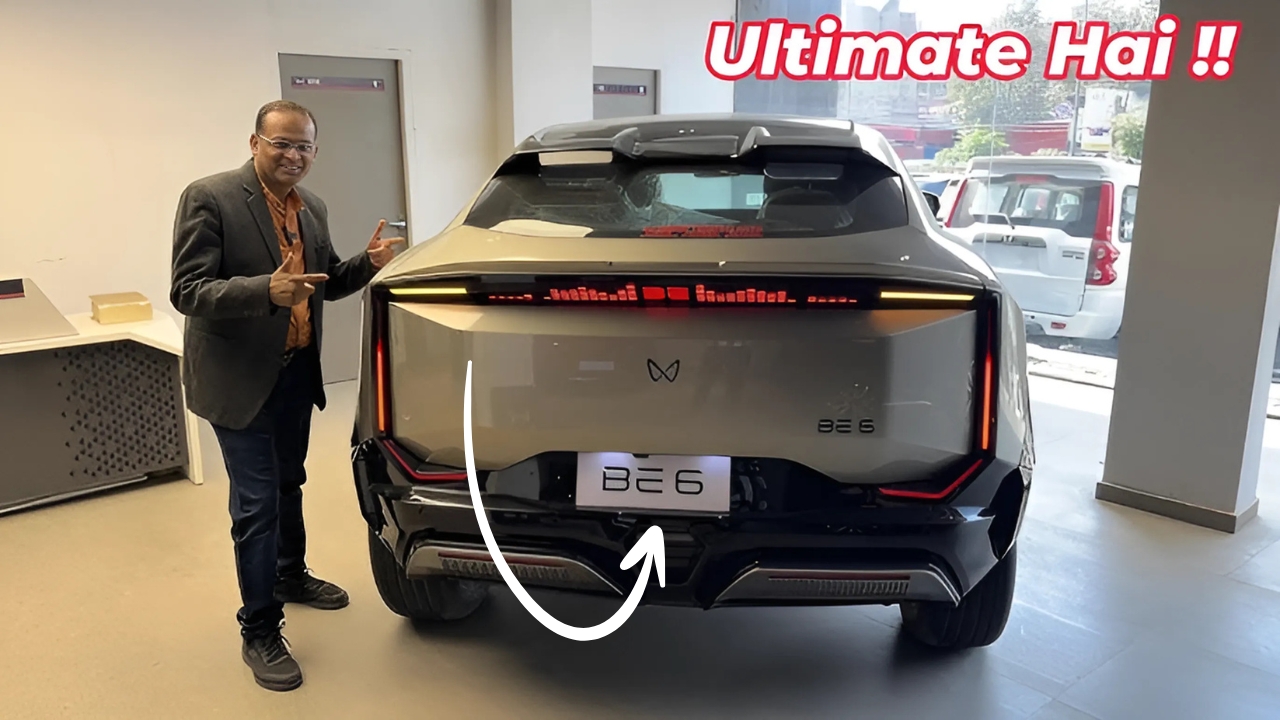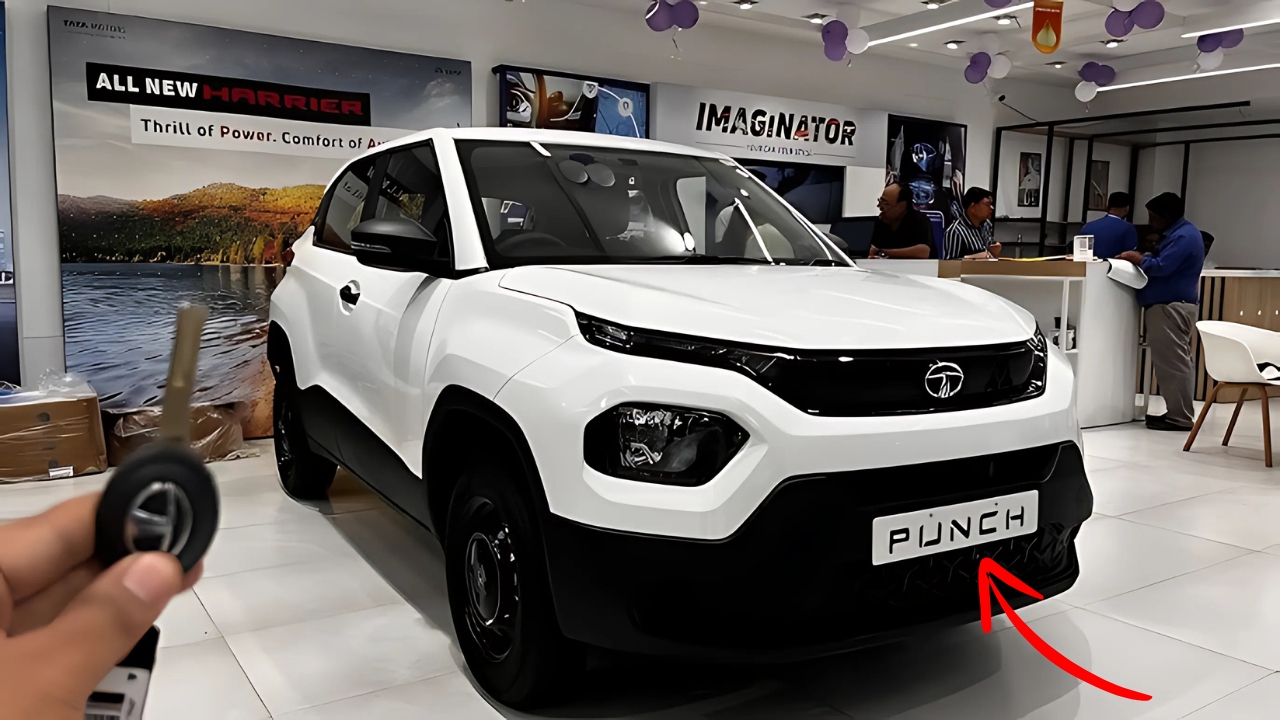Rare coin: That jingle of loose change in your pocket or the forgotten coins nestled in an old jacket pocket might not seem significant at first glance—after all, who thinks twice about a handful of pennies and nickels?
However, among those seemingly mundane coins lies the potential for a remarkable find, turning the simple act of checking your change into an unexpected treasure hunt.
In the vast landscape of American coinage, certain rare pieces can command astonishing prices, with the most sought-after examples potentially reaching values as high as $28 million at auction today.
At the pinnacle of American numismatic treasures is the elusive 1913 Liberty Head nickel.
With only five known specimens in existence, this coin embodies a unique blend of rarity, enigma, and allure—drawing collectors into a frenzied pursuit that often results in jaw-dropping prices.
“The 1913 Liberty Head nickel is not only rare, it’s practically mythical,” shares Marcus Davidson, a seasoned numismatist with over three decades of experience in American coinage.
“By 1913, the Mint had completely shifted to the Buffalo nickel design. Yet, against all odds, five Liberty Head nickels with that date were produced under mysterious circumstances. This unauthorized production has led many to regard it as the most famous American coin.”
The last public sale of a 1913 Liberty Head nickel took place in 2010 when the Olsen specimen sold for a remarkable $3.7 million.
Experts now speculate that, in today’s market—with a surge in collector interest and a decrease in the availability of quality rarities—an impeccable specimen could fetch between $20-28 million, especially if it’s linked to renowned collectors like Louis Eliasberg or King Farouk of Egypt.
While the chances of stumbling upon one of the five existing specimens in everyday circulation seem nearly impossible, their existence serves as a reminder that extraordinary value can hide amidst ordinary coins, and that fresh discoveries can arise from unforeseen avenues.
Rare coin Pocket Change Treasures Within Reach
The legendary 1913 Liberty nickel symbolizes what every collector dreams of, but various other collectible coins also carry significant value and present opportunities for discovery in everyday transactions or long-held family collections.
Among these more accessible treasures, the 1969-S Lincoln cent featuring a doubled die obverse stands out as particularly captivating.
This intriguing coin was minted when the die used to strike it was misaligned, resulting in visible doubling on the date and lettering.
With less than 100 authenticated examples known, these cents regularly fetch prices between $50,000 to $75,000 at auction based on condition.
“The allure of the 1969-S doubled die penny lies in the fact that it circulated normally,” explains Elizabeth Chen, curator of American coinage at a renowned East Coast museum. “People found them in their change, often years after minting.
Some lucky individuals who recognized their worth early on managed to acquire multiple examples from bank rolls, transforming small investments into valuable treasures.”
The 1972 Lincoln cent sports a similar doubled die variety, valued between $500 and $3,000 based on condition—a significant amount for a coin occasionally found in circulation.
Even more approachable is the 1955 doubled die cent, with an estimated 10,000-15,000 examples produced.
These coins can be worth between $1,000 and $3,500 in circulated condition, while pristine specimens can reach sales of $25,000 or more.
Quarters also harbor hidden value, especially the 1932-D and 1932-S Washington quarters, released during the inaugural year of that design.
Uncovering one in your pocket change is still a possibility, with values ranging from $100 for well-worn examples to over $5,000 for those showing only minimal wear.
More recently, collectible errors involving state quarters have piqued interest among enthusiasts.
The 2004-D Wisconsin quarter featuring an additional “leaf” on the corn stalk can sell for $200 to $500, while off-center strikes or coins made on incorrect planchets can garner thousands, depending on the specifics of the error.
Rare coin The Detective Work of Coin Hunting
Unearthing valuable coins requires a keen eye for details that separate the ordinary from the extraordinary.
Focusing on date and mint mark combinations serves as your first line of defense in identifying valuable pieces, as certain years and facilities produced significantly fewer coins due to restricted mintages or historical events.
“The mint mark—a tiny letter that shows where the coin was produced—often makes a world of difference,” states Robert Thompson, who turned his casual coin collecting hobby into a thriving profession after discovering a rare die variety in a roll of nickels from his local bank.
“Take, for example, the 1950-D Jefferson nickel, which can be worth $20 even in circulated condition. In contrast, the more common 1950 or 1950-S are nearly valueless unless in pristine condition.”
Typically, these mint marks are found on either the obverse (front) or reverse side of the coins. They may vary in position depending on the denomination and minting year.
For modern coins, look for the tiny letter located just under or near the date—D indicates Denver, S for San Francisco, and no mark signifies Philadelphia minting for most of American coin history.
In addition to date and mint mark combinations, error coins—those with manufacturing faults—often command significantly higher premiums.
Pieces that are off-center, double-struck, missing elements, or produced on incorrect planchets are highly sought after by specialists.
“You don’t need expensive equipment to start spotting potentially valuable coins,” Davidson reassures. “A good magnifying glass, appropriate lighting, and reference materials outlining key dates and varieties are typically sufficient for newcomers.
The U.S. Mint has produced billions of coins, but knowing precisely which dates, mint marks, and error types to focus on will significantly narrow down your search.”
Rare coin Where to Hunt for Numismatic Treasure
Your journey to uncovering valuable coins can start right in your own pocket. Carefully inspect each piece, especially older coins that exhibit distinctive wear or anomalies.
Pay particular attention to pennies and nickels, as these coins tend to stay in circulation longer than their more valuable cousins, holding potential treasures from earlier decades.
Bank rolls represent another excellent hunting ground at a minimal cost. For around $25, collectors can pick up a roll of half-dollars that may include silver coins minted prior to 1964 or 40% silver examples minted between 1965-1970.
Sifting through rolls of cents can yield wheat pennies (dating from 1909-1958) or even Indian Head cents that occasionally reappear in circulation from older collections.
Family collections, passed down through the years, often contain forgotten treasures.
These inherited troves frequently include coins saved decades ago, during times when certain dates and mint marks were still circulating and are now scarce.
“I’ve evaluated numerous family collections that were thought to hold only common coins, only to uncover individual pieces valued at thousands,” reflects Chen.
“One memorable instance involved a Mason jar filled with what appeared to be ordinary pennies, but amidst them were three 1909-S VDB Lincoln cents worth about $1,000 each, in their worn state.”
Estate sales, flea markets, and antique stores sometimes offer significant discoveries for those knowledgeable in the field.
Coins misidentified or mispriced at face value instead of collector value present unique opportunities for lucrative returns with little investment.
Rare coin Preservation and Authentication
If you unearth potentially valuable coins, proper handling is paramount. Avoid cleaning coins using any abrasive materials, chemicals, or even soap and water.
The original surfaces—including natural toning and patina acquired over time—greatly impact both authenticity and value.
“The instinct to clean a potentially valuable coin is often misguided,” warns Thompson.
“A harshly cleaned rare coin can lose a substantial portion of its value—up to 50-90%—in comparison to pieces that retain their original surfaces.”
For coins that could be worth significant sums, obtaining professional authentication from services like Professional Coin Grading Service (PCGS) or Numismatic Guaranty Corporation (NGC) can confirm authenticity and properly assess condition.
These services encapsulate coins in tamper-evident holders, ensuring authenticity and making them easier to sell while instilling buyer confidence.
Rare coin The Ongoing Treasure Hunt
The chance of uncovering remarkable value in coins that seem perfectly ordinary ensures that numismatics—the study and collection of currency—remains one of America’s most popular and enduring hobbies.
While finding a $28 million nickel may be a pipe dream, discovering coins worth hundreds or even thousands is entirely achievable through knowledge, persistence, and a discerning eye.
“Every collection starts with a single coin that piques someone’s interest,” reflects Davidson. “What makes this pursuit special is that potential treasures are continuously exchanged during everyday transactions.
The next time you receive change after a purchase, take a moment to really observe those coins. You never know what might be waiting to be discovered.
Whether driven by investment allure, historical fascination, or simply the thrill of the chase, examining your pocket change with renewed attention turns a routine activity into an exciting treasure hunt with true discovery potential.
That old jar of coins collecting dust might contain mere currency—or it could be hiding a life-changing treasure just waiting for someone sharp enough to recognize its worth.






